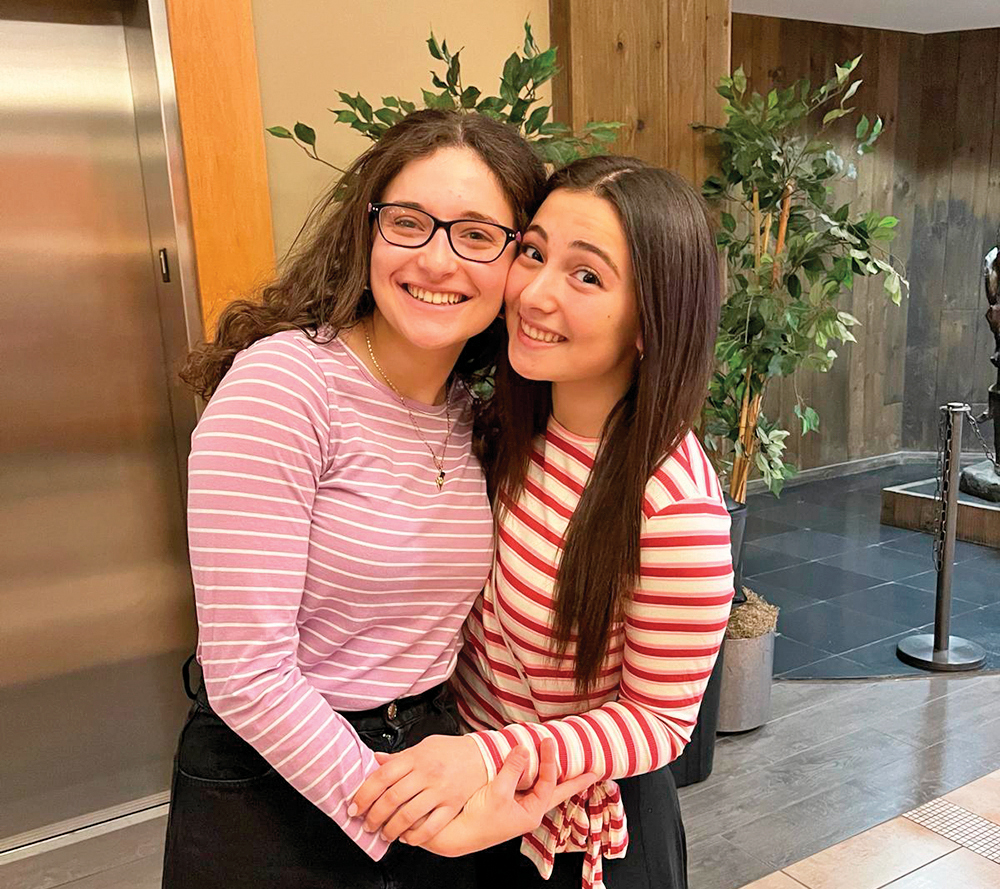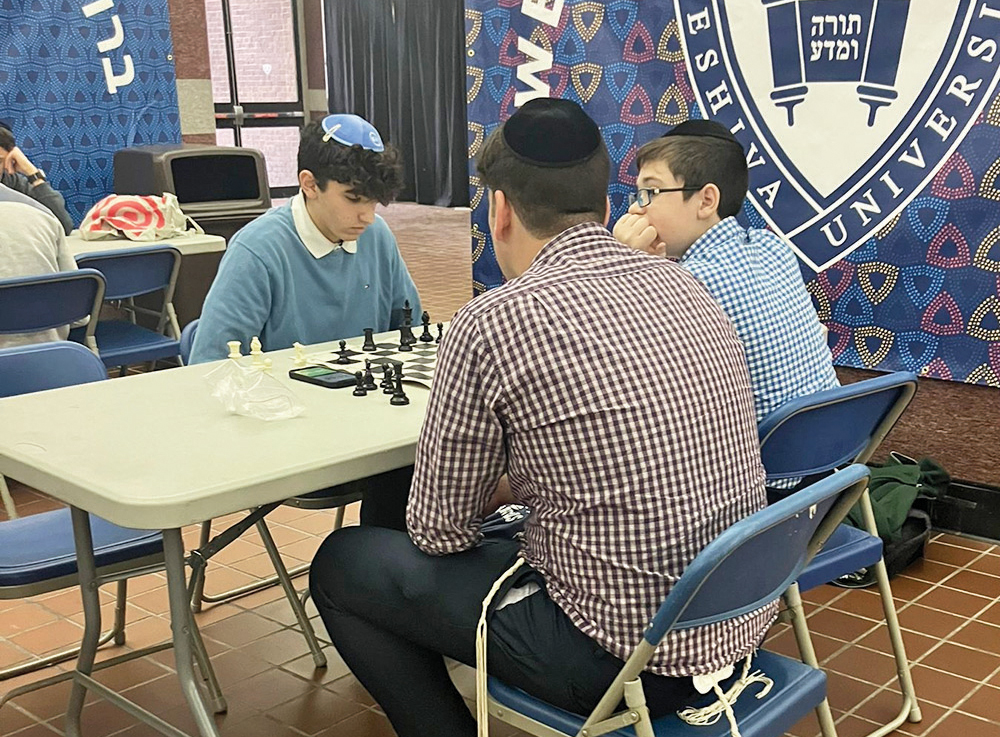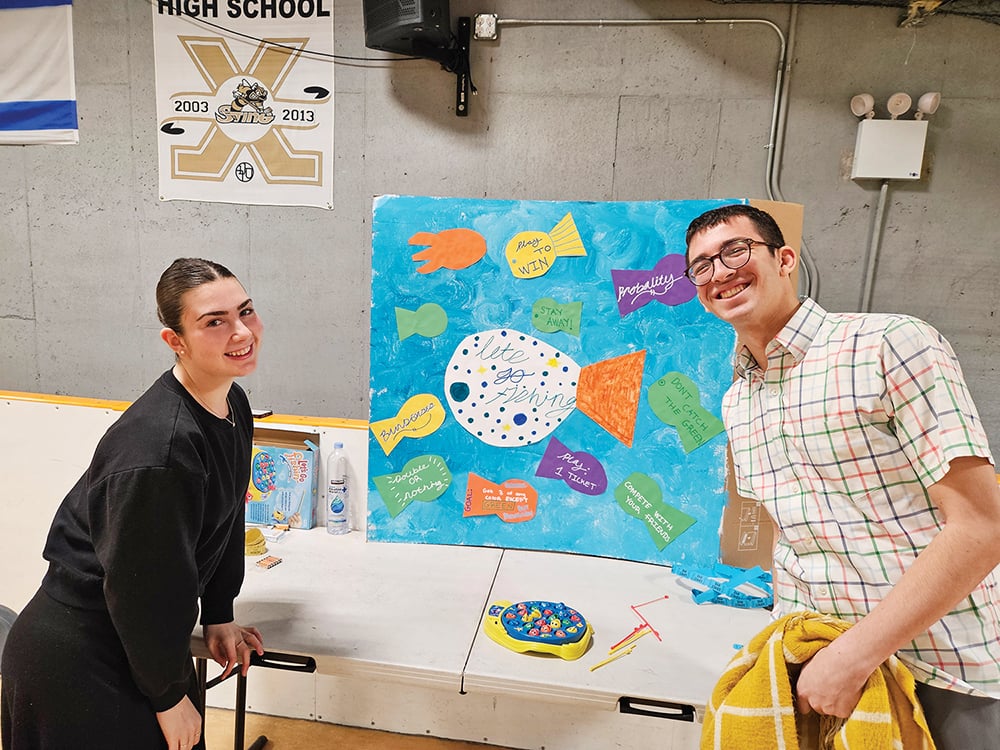
Vayikra: 1:3-17
It is not easy teaching fourth grade boys about animal sacrifice, especially last period on a Friday afternoon. The sun was out, and the school buses were already lining up outside to take them home for a long weekend away from school. You could clearly see them, almost glowing bright yellow, outside the classroom window.
This was going to take some pizazz to pull off.
That was how Rabbi Heshe Lambert approached the third book of the Torah, Vayikra. It was filled with details about the korbanot. This was hard material to present to young students. But he was determined to get it right. So he brought some visual aids to his classroom in a large cardboard box.
“Now boys, in Parshat Vayikra, Hashem teaches Moshe about the korbanot, the sacrifices that Klal Yisrael were commanded to bring in the Mishkan. Does anyone know what korban comes up first in the parsha?
“Shmuel? No, the Mincha, which is the meal offering, comes up a little later.
“Menachem? No, the Shlamim, that is, the peace offering, comes up after that.
“Good guesses, boys. I can see you really read the parsha! Actually, the first korban that comes up is the Olah. It’s an offering of atonement, to repent for sins, but it’s also so much more. We’ll talk about that more next week.
“The first question I wanted to ask you about the Olah is, what kinds of animal were you allowed to bring for this sacrifice? Everybody look in your Chumashim and tell me what you find.
“Mark? Correct, you can use a cow.
“Yossi? Yes, you can use a sheep. Good.
“Pinky? No, no bears. No cheetahs. Come on, look in the Chumash.
“Yes, Tuvia, you can bring doves. And other birds, too. Good one. The Torah also mentions goats.
“So my question for you is, why can you bring so many different animals?”
That was when the rabbi pulled out the box.
“The answer is, that everybody has different abilities and can afford different animals. The cattle is like the Cadillac of the animals. It’s like—” he reached into the box and pulled out—“this giant Hershey’s Kiss, in this beautiful silver wrapper.”
That worked. He finally had their undivided attention.
“Someone wealthy might bring a perfect cow, to symbolize his love of Hashem. Like this Kiss, it’s the top of the line, if you were, say, offering candy sacrifices.
“But maybe you couldn’t afford a cow. Still, you wanted to give the best that you could. So maybe you would offer up—” he reached into the box to the class’ rapt attention—“a sheep.” He pulled out a big box of Mike and Ike’s Red Rageous Candies (made with real fruit juice)—“or maybe a goat—” Fruit by the Foot. “I mean, it’s not a giant Kiss, but still it’s good. Know what I mean?”
Every boy in the room was nodding in agreement. Rabbi Lambert was pleased. His use of leftover Purim candy was paying off. And he was pretty sure his own kids would never miss it. They had gone into sugar-overload days ago.
“So let’s say you really don’t have much money. Still you want to serve Hashem with a full heart. So maybe you would go with—” he pulled out one cherry Twizzlers licorice—“something modest that still had significance to you.”
One boy in the room—was it Nachum?—actually let out a yum noise.
“So now we have a whole array of candy sacrifices standing in for our animal choices. And what do we learn from this? Anyone?
“No, Pinky, it is not that God loves candy. I would say that is not the message I was aiming for.
“Correct, Shimmy. The lesson here is that as long as a person offers what is from his heart, and what he is able to bring, then it will be accepted and he or she will be rewarded.”
He reached into the box for one more item, a box of matches.
“And now I think it would be appropriate to offer up all this candy as a sacrifice to Hashem.”
The gasp was fantastic. It almost made the whole lesson worth it.
“Just kidding. If you boys want to come up in an orderly fashion, there’s enough candy for everyone.”
And although the journey from their seats to the teacher’s desk was actually less than orderly, Rabbi Lambert distributed the loot with the hope that his point had been made.
And even if it had been lost in the tumult before the boys raced home for Shabbat, at least he had the consolation of knowing he had eliminated some serious chametz from his house. A happy ending for all.
By Larry Stiefel
Larry Stiefel is a pediatrician at Tenafly Pediatrics.













